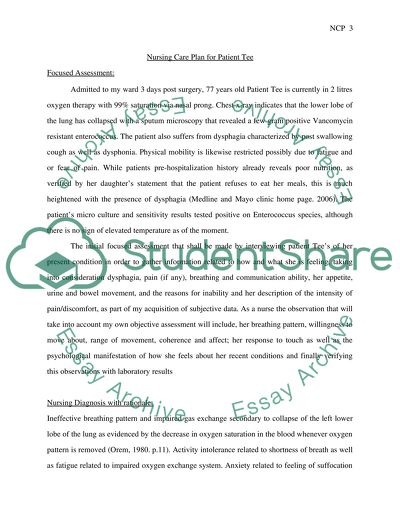Cite this document
(An Important Role of a Nurse Case Study Example | Topics and Well Written Essays - 2250 words, n.d.)
An Important Role of a Nurse Case Study Example | Topics and Well Written Essays - 2250 words. Retrieved from https://studentshare.org/nursing/1536986-case-study-2nd-year-undergraduate-student-nurse-topic-mrs-tee
An Important Role of a Nurse Case Study Example | Topics and Well Written Essays - 2250 words. Retrieved from https://studentshare.org/nursing/1536986-case-study-2nd-year-undergraduate-student-nurse-topic-mrs-tee
(An Important Role of a Nurse Case Study Example | Topics and Well Written Essays - 2250 Words)
An Important Role of a Nurse Case Study Example | Topics and Well Written Essays - 2250 Words. https://studentshare.org/nursing/1536986-case-study-2nd-year-undergraduate-student-nurse-topic-mrs-tee.
An Important Role of a Nurse Case Study Example | Topics and Well Written Essays - 2250 Words. https://studentshare.org/nursing/1536986-case-study-2nd-year-undergraduate-student-nurse-topic-mrs-tee.
“An Important Role of a Nurse Case Study Example | Topics and Well Written Essays - 2250 Words”. https://studentshare.org/nursing/1536986-case-study-2nd-year-undergraduate-student-nurse-topic-mrs-tee.


